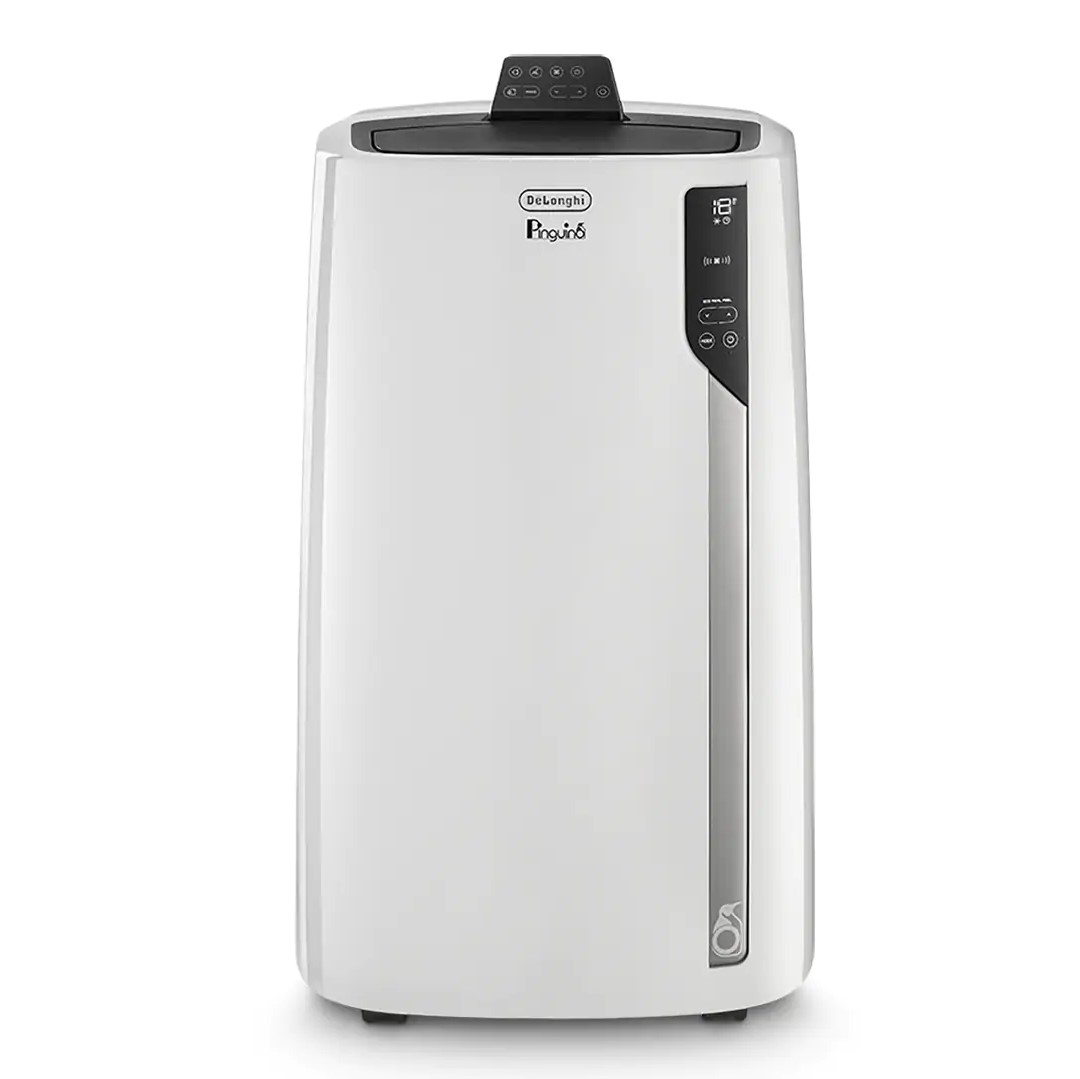A quick guide to finding the best portable air conditioner in Australia (and what makes them the best).
Australia’s best portable air conditioners: Rated and ranked
Every year as the Australian Summer starts to heat up (typically hotter than the last,) split-system air conditioner specialists are run off their feet and often booked up well into the New Year. That's why so many Australians turn to a trusty portable air conditioner to get the job done.
Portable air conditioners can be moved from room to room and are easily installed and operated. But as many people who have previously invested in portable air-con would tell you, some products simply don't have the power required to combat the harsh Australian Summer, and sometimes the ones that do can do some serious damage to your energy bill.
With that in mind, we've rounded up the best portable air conditioners currently available in Australia based on their coverage, noise levels, budget and cooling efficiency.
How we pick the best portable air conditioners
Price
Not only do we look at the outright price of the air conditioner, but we also look at how much it will cost you to run over the season. The cheaper both of those price points are, the higher we score this category.
Features
Apart from just switching on, we look at whether the device has timers, scheduliung, app monitoring, and if it includes a dehumidifier. If it does we take into account the volume of moisture the air conditioner can extract from the air per hour. More litres equals less of that sticky humid feeling.
Performance
When testing portable air conditioners we look at the cooling capacity, its coverage and the cooling efficiency. We take into account the power consumption, and cooling capacity, which we use to calculate the efficiency in a percentage. The higher this percentage is, the more an air conditioner punches above its weight (and the cheaper it is to run).
Expert testing
Our expert testing assesses how long it takes for the air conditioner to efficiently cool a room, the complexity of the set up, its size and weight, and the overall user experience of using the device.
- Georgia Dixon
Content Editor
The De’Longhi Pinguino Air-to-Air is a super quiet portable air conditioner that’s powerful enough to keep a large bedroom or small living room space cool, works as a standalone or combi-mode dehumidifier (an impressive 1.7L/hr) and is also eco-friendly. However, it's not the cheapest model out there.
If you’re sensitive to noise, the Pinguino Air-to-Air gets a solid tick for its standout quietness. At a minimum noise pressure level of 47dB, it’s well below the level of normal conversation (around 60db) according to Safe Work Australia and on the lower end of the average sound level of portable air conditioners in our market selection (around 56dB). That said, you'd be hard-pressed to find a truly silent portable air conditioner, so expect the usual humming and fan noises.
We also loved the use of low-emission refrigerant R290 and the inclusion of an ultra-smart remote, which can sense the humidity and temperature of a room and adjust the system’s output accordingly.
Best portable air conditioner deal
Coverage: Up to 23sqm
Dehumdifier: Yes
Cooling wattage: 3500w
Hourly running cost: approx. $0.15
Cheaper portable air conditioners are usually not that great on power efficiency, but TCL's 3.5kW portable unit has the best of both worlds. With a huge 3500 watt cooling capacity, but only 1280 watt power consumption, this baby blasts at over 270% efficiency. It should only cost you around $0.15 per hour to run, which is an absolute bargain.
Couple that with the discounted price from Appliances Online, and this is the best portable air conditioner deal around.
The device also comes equipped with a dehumidier that can handle a solid 1.7L of moisture per hour. You'll also get timers, scheduling, and a sleep mode for quieter operation.
Cheap cooling deals under $200
Sale price valid until withdrawn by Amazon
Sale price valid until withdrawn by Amazon
Next best all rounder
Coverage: Up to 34sqm
Dehumdifier: Yes
Cooling wattage: 4500w
Hourly running cost: approx. $0.25
To control the temperature in a large space, you generally have to spend quite a bit more money. Case in point: the Dimplex 4.5kW Portable Air Conditioner. It comfortably cools areas up to 34 square metres and also functions as a dehumidifier (a market-leading 2.9L per hour) and is self-evaporative (meaning no drip tray or drainage hose).
Now, you might be thinking more power means more noise, but in Dimplex's case, that's not necessarily true. It's rated at about 56dB, which is a little noisier than our top quiet picks (understandably), but still well below some of its less-powerful competitors.
Notably the operating wattage of this device is only 1,800 watts but the cooling capacity is 4500 watts. This means the Dimplex air conditioner cools at around 250% efficiency, making it more efficient (and cheaper) to run over the course of the Summer.
Related Articles

















